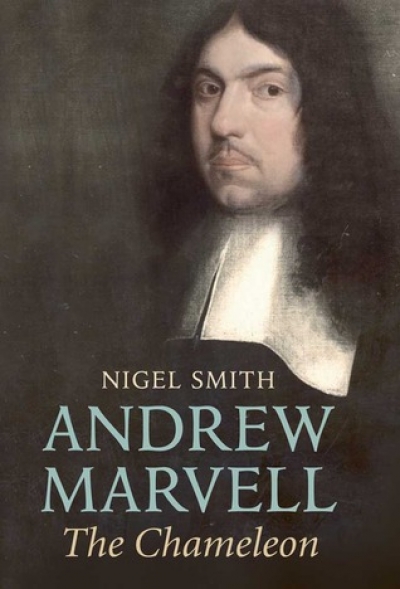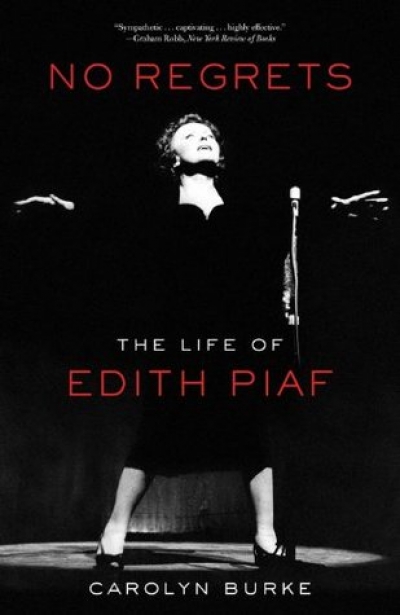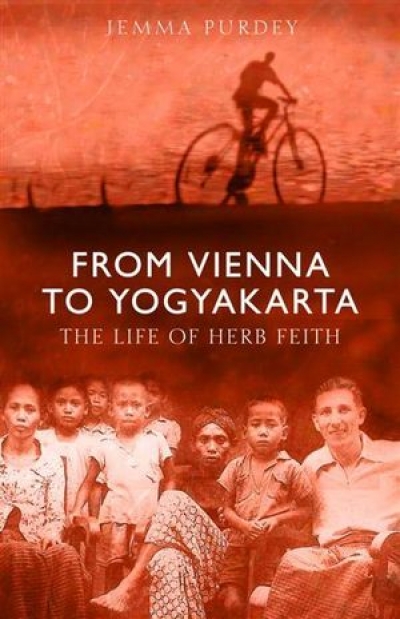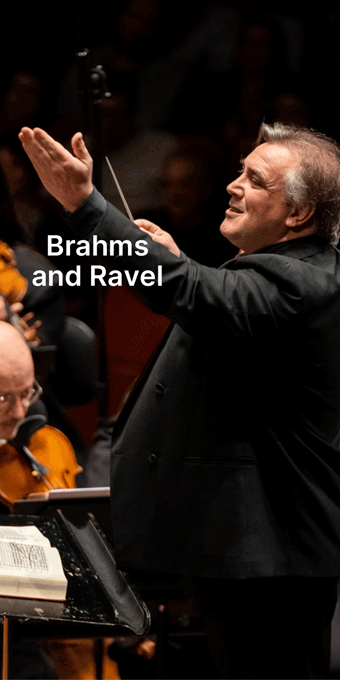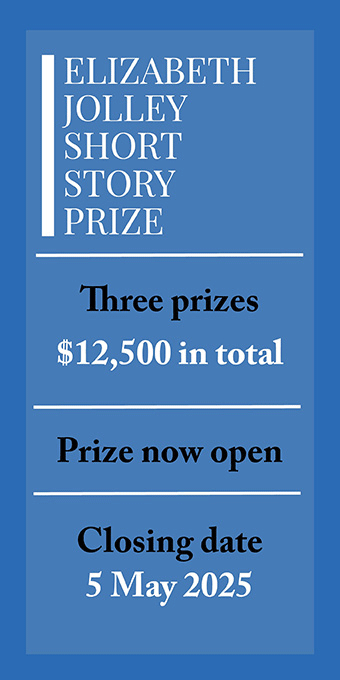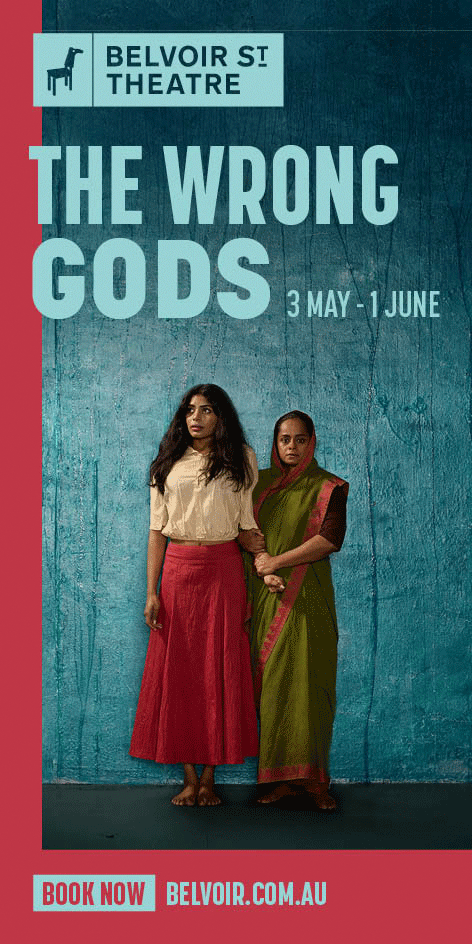The Hare With Amber Eyes tells the migration story of ‘a very large collection of very small objects’, specifically 264 netsuke (pronounced like ‘jet ski’, from the Japanese characters for ne and tsuke, meaning ‘root’ and ‘attach’). Netsuke are small pieces of ivory, wood, metal, ceramic, or some other material, carved or otherwise decorated, and perforated for use as a toggle that tucks behind the belt or sash of a kosode or kimono (obi). From it a purse or more usually a small box with compartments (inro) may be suspended by a stout silken cord, and fastened with sliding beads (ojime). Netsuke evolved in seventeenth-century Japan to embrace an almost limitless number of decorative forms and shapes, increasingly prized, through the eighteenth century, as miniature sculptures on their own, nevertheless conforming to the basic requirement of their original function: namely, to allow a cord to be threaded through some sort of eye – in the case of the eponymous hare with the amber eyes this is achieved by the contrivance of a cocked hind leg; such strategies became more and more ingenious as netsuke proliferated – and also adhering to a roughly uniform size of between one and two inches in diameter, occasionally more. Ideally, netsuke nestle comfortably in the palm of the hand. Indeed, part of their aesthetic appeal is to the sense of touch, so deployed.
...
(read more)


